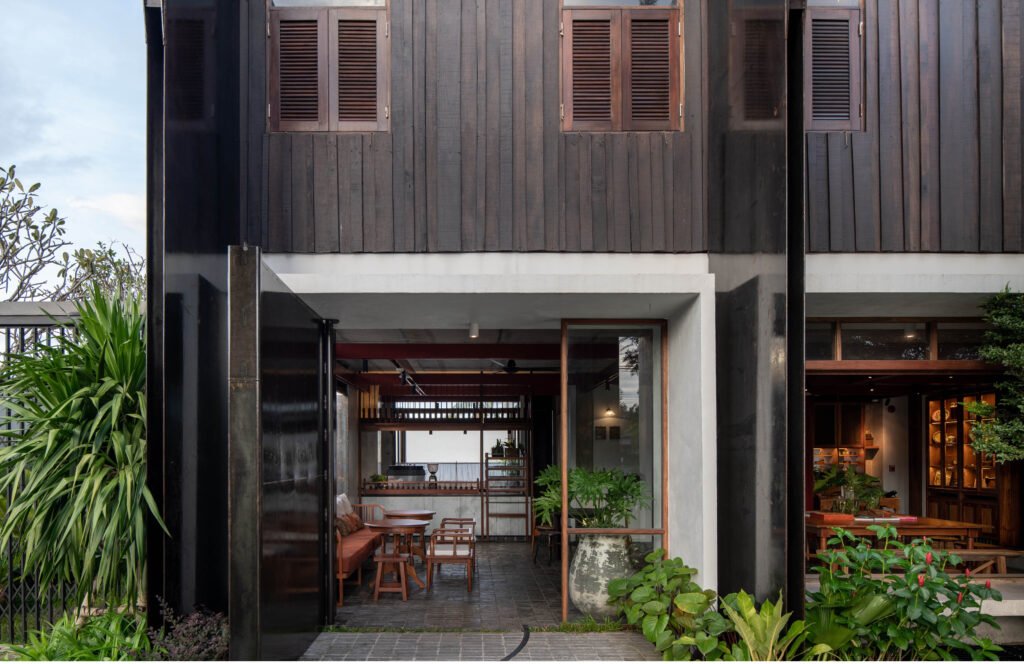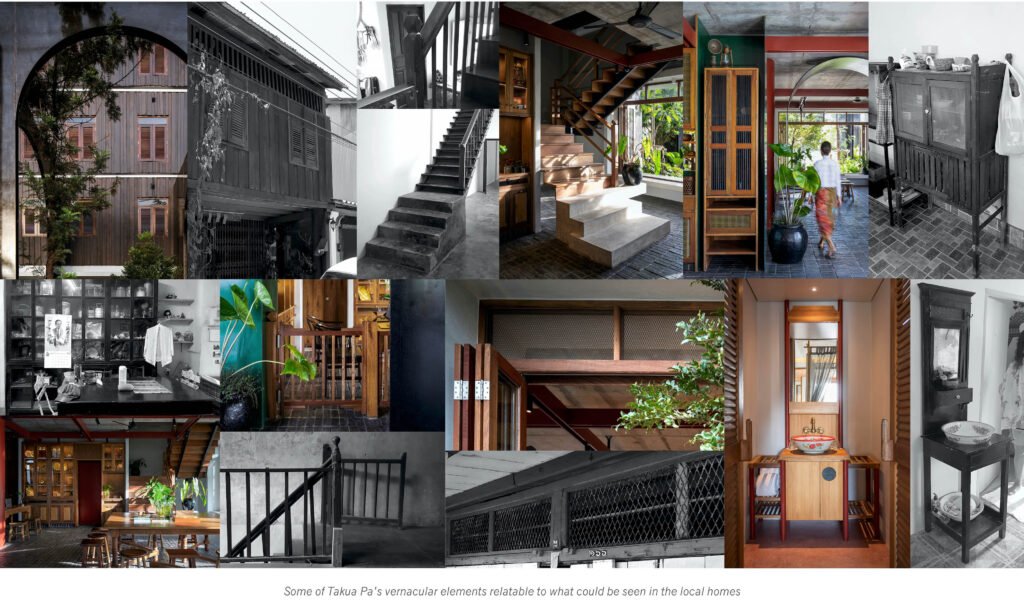Interview Patrick Kasingsing
Images Studio Locomotive (Photographed by Beer Singnoi)


Sawadee-krub, Studio Locomotive! Congratulations for netting an INSIDE shortlist nod for Hotel Gahn! As of writing, the hotel has also won its category for the Design Anthology Awards. What drives the team to continue joining competitions and awards shows? Aside from the prestige and attention, what do you wish to get out of the experience of joining these awards and competitions?
Though we’re ardent believers of Hotel Gahn from the get-go, to witness this dark-horse of a project, crafted by our young and passionate team garner the accolades and attention it is now getting is absolutely mind-blowing. But, beyond the experience and recognition, we hope that the project’s appearances in international awards may encourage other small businesses and ambitious design newcomers to not be disheartened by what may appear to be a position of less advantage: whether it be working with a tight budget, a challenging site, a non-mainstream town, or intense competition. One will be surprised at the wealth of inspiration the immediate locality of a project can reveal if you just take the time to look.
It is rewarding to not only impress visitors in their experience of our evocative and refreshing spaces but also to be able to forge a connection with one’s immediate locality even if one is new to the neighborhood. We hope to inspire more designers to be advocates of their communities; we are excited to see more less-visited locales passionately brought into focus by local businesses and designers.
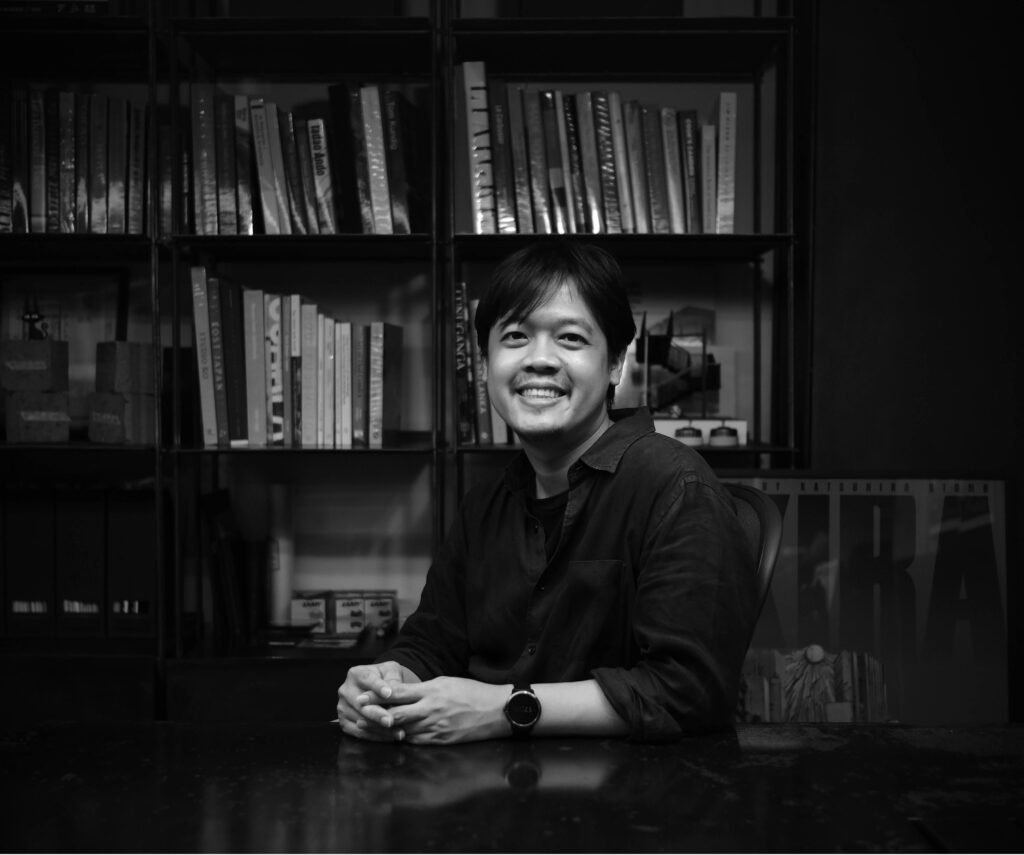

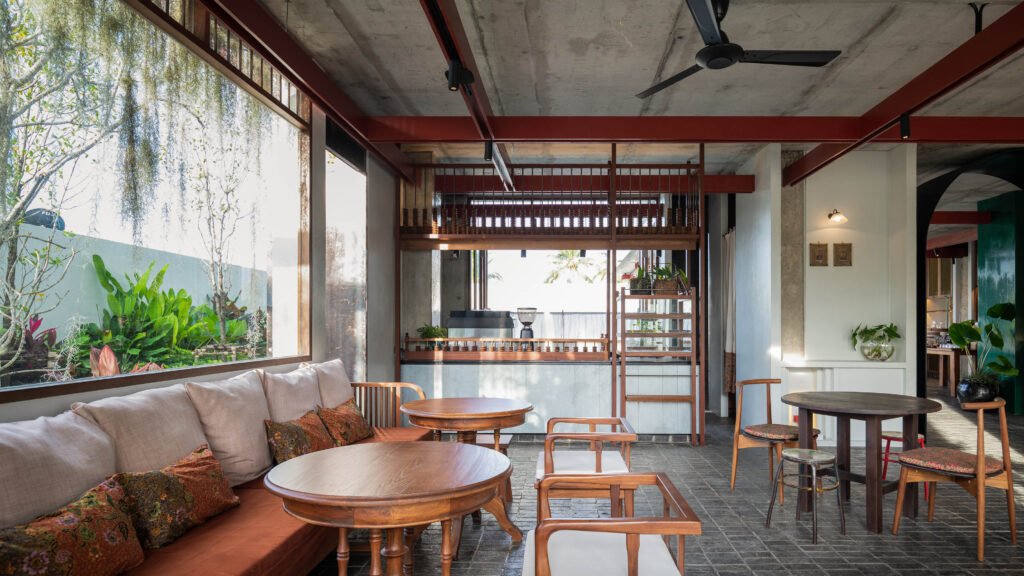

Your portfolio reveals a varied mix of projects and clientele from various social strata; you express versatility but what would you say is the firm’s specialization, an approach, a quality, or an ethos that sets your practice apart?
As a team of placemakers, we think of our design output as a medium to deliver memorable experiences and the essence of our client’s business, such as their specialty, competency, and commitments.
Of course, there are some self-beliefs or desired impacts that we intend to convey in our projects, but giving an appropriate perception about what the business behind the structure represents is the one thing that the design can’t mislead. Our ability to put ourselves in our client’s shoes while wearing our own hat has made us dynamic thinkers, able to reframe our thoughts and ideas from multiple perspectives, with an eye on experimentation. We think that this empathic approach and openness to experimentation are very healthy for our practice.
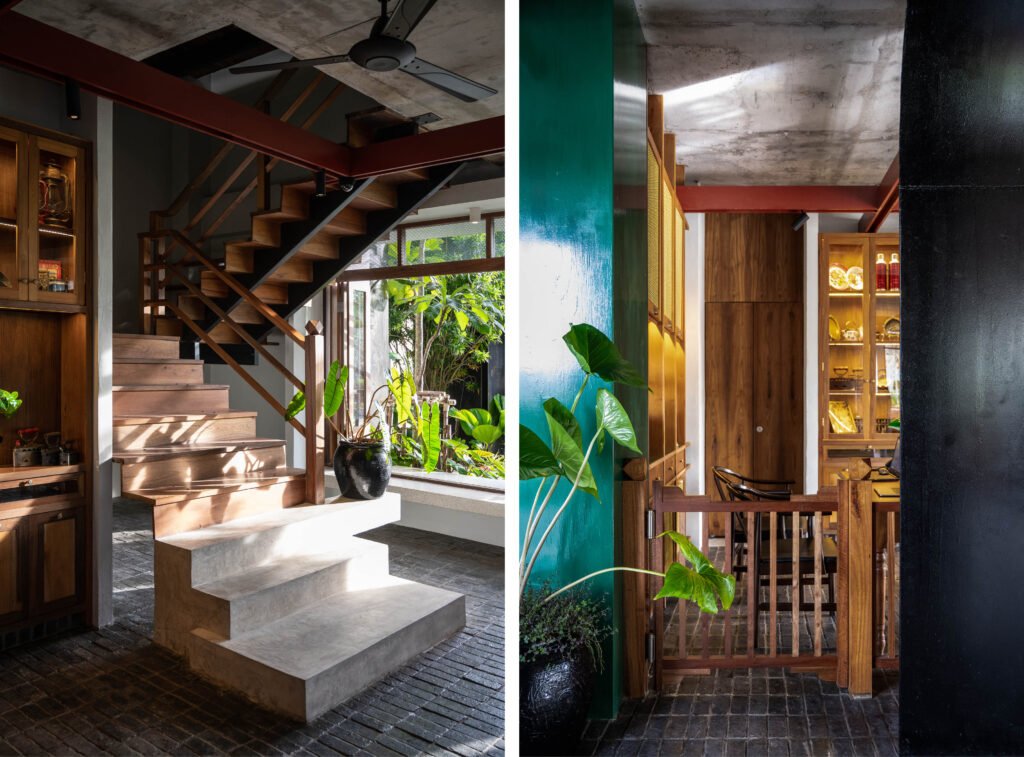

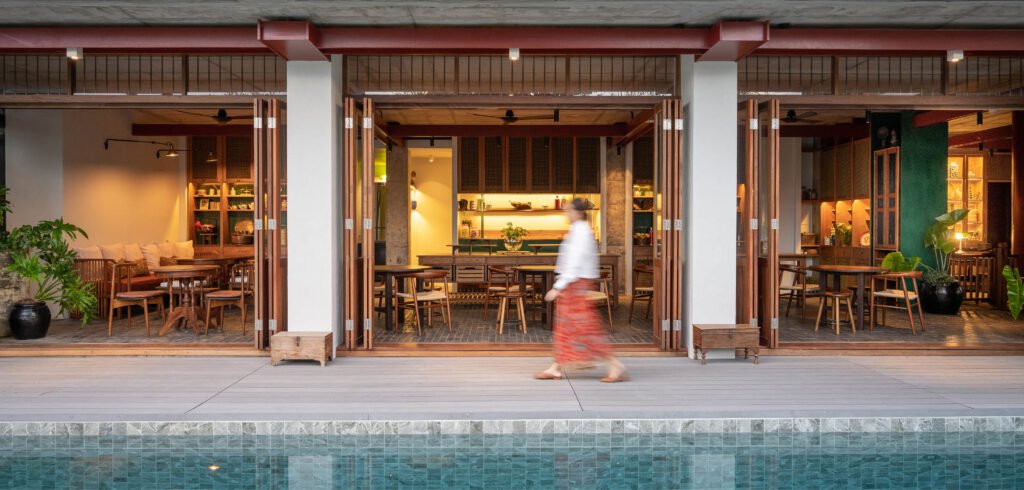

Your projects exhibit an attention to detail that is almost manic and it is quite a delight to see them in photos (and I bet more so in real life). Can you enlighten us a bit as to your process in designing a space; how does your multi-skilled team approach, parse and divide the work?
Each of our projects starts off with context study and research, challenges review, and business goal brainstorming with the client’s team. The conclusions from these early stages are what influences the decisions and design solutions discussed and implemented along the way. As most projects would take a couple of years to complete, each project will be managed by a sub-unit of architects and designers supervised by our design director, Thanart Chanyu.
Your work exemplifies an admirable attitude towards heritage and tradition; Thailand however has had a complicated relationship with built heritage, particularly with modern period works (like the Scala Theater), as it moves to develop and ‘progress’; how do you win over your clients towards the cause of preservation and a celebration of the past?
We believe that brands, today more than ever, find necessity in espousing positive attitudes towards the environment, heritage, inclusivity, and community. Although there are times when a heartbreaking call is made to make way for ambitious monetization, brands generally would try to avoid coming into conflicts with treasured societal values.
From our experience, we believe that our role as designers is very crucial and direct in the journey to satisfying both sides of the business sustainability coin; it’s almost a daydream to hope that the needs of preserving and returning on investment will effortlessly or be perfectly met. With the regeneration projects we are working on in Bangkok and Kalasin, we find it obligatory, not voluntary, to seek and point out mutual incentives that the business and the community can benefit from, especially in crafting priceless experiences that hinge on nostalgia and local culture.
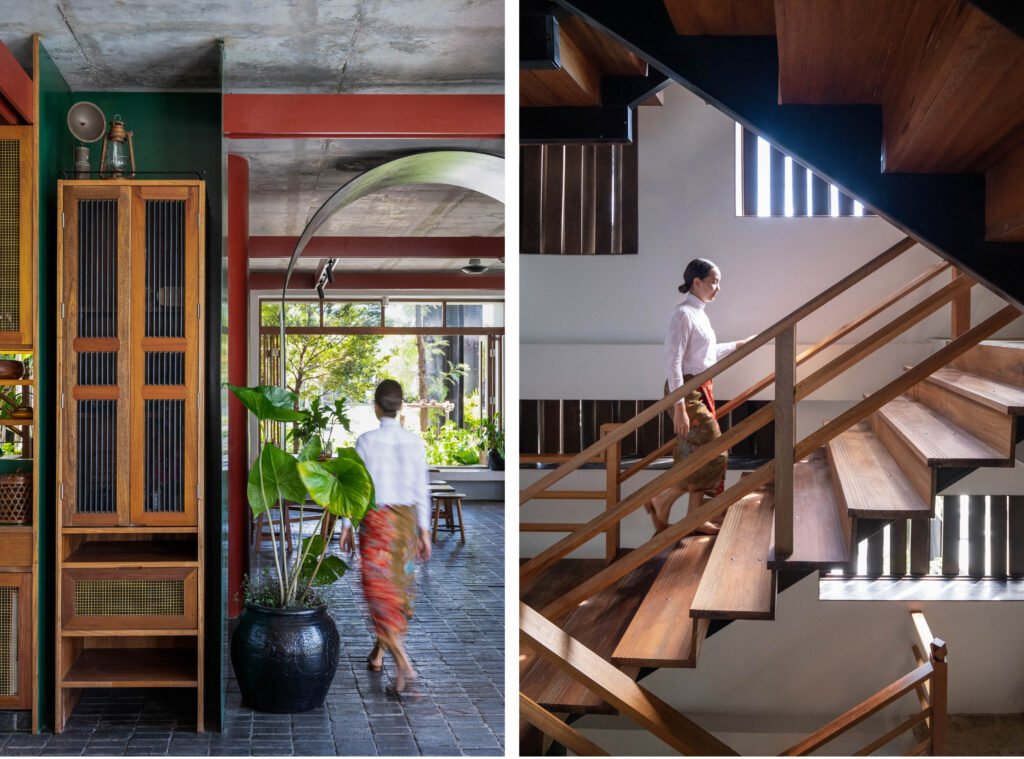



Designers are also storytellers and this narrative quality is very much apparent with how you approach and design; you’ve had the chance to tell other people’s stories through your works. How would you sum up Studio Locomotive’s narrative thus far? What kind of story does the team want to tell?
Studio Locomotive is a group of like-minded architects and designers who are determined to optimize available resources for the best possible results and to overcome challenging circumstances with a progressive mindset.
We are passionate about reducing our environmental impacts and championing the arts in any form.
We enjoy getting together for great food, reveling in the island life, cafe-hopping on weekends, participating in cross-generational talks, traveling overseas, pet-parenting, bathing in natural light, savoring cold drinks with lo-fi playlists at the ready, as we peer on our many screens, and await cloud transfers.
And yes, the question you saw coming like an oncoming locomotive. Can you let us in on the story behind your name?
We wanted a name that was impersonal and buildable in the way that it could be reconceptualized from what our team might become. One day, one of our partners came up with Studio Locomotive, catching a word from a Sir Norman Foster interview on Youtube, entitled ‘Norman Foster: Striving for Simplicity’ from the Louisiana Channel. At the beginning of the video, he mentioned that locomotives are one of many things in his childhood that inspired him to practice architecture. We were intrigued by the implication of a self-propelled, forward-driving, and carrying force. And that’s the moment when we decided to call ourselves Studio Locomotive. •
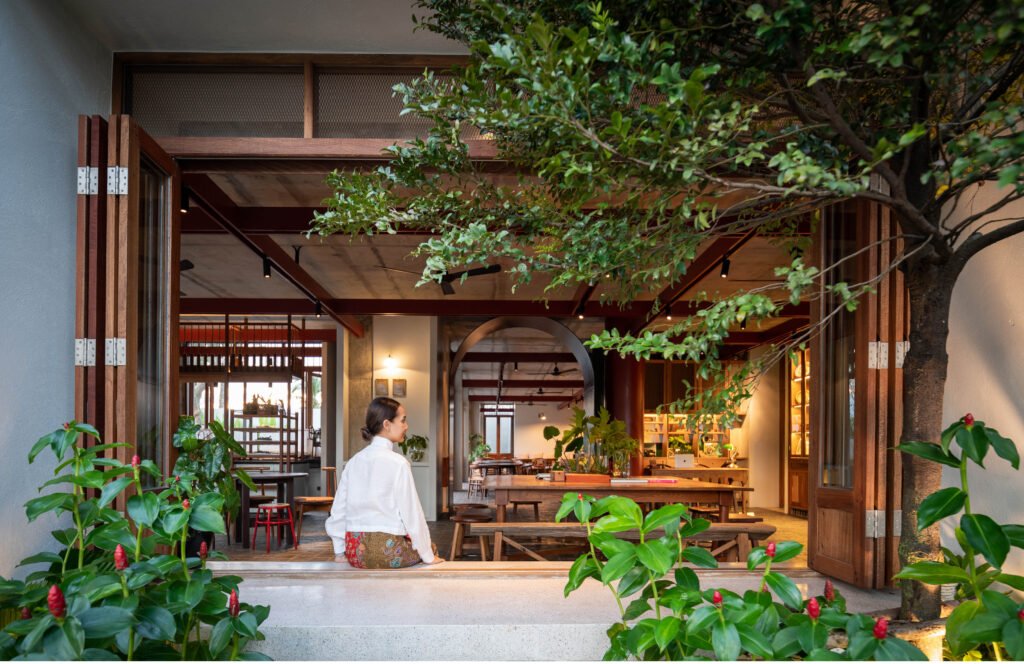

Hotel Gahn
Written by Studio Locomotive
For this family-run boutique hotel situated on the outskirts of Khao Lak beach village, our design team crafted a unique hospitality experience grounded in the area’s ethnic culture. Hotel Gahn was founded on the hotelier family’s pride in their ethnic roots and commitment to advocating the local culture of Takua Pa district to the visitors of Phang Nga province, in Thailand.
The sleepy town of Takua Pa was once a prosperous hub home to Chinese miners who flocked to the area during the tin rush of the 1680s to the 1970s. Their immigration route and interethnic marriage with the inhabitants of the Malay Peninsula resulted in a unique transcultural hybridization, leading to the Baba Nyonya subgroup.
The spatial experience of Hotel Gahn—as suggested in the space programming, choice of materials and furnishings, surface treatments, and vernacular touches—are filled with evocative traces of the distinctive history and culture of Takua Pa, a balance of wistful nostalgia and contemporary creature comforts, perhaps revealing a possible direction for the sleepy town, a glimpse of its potential as a viable cultural destination.
Hotel Gahn has benefited from its differentiated value proposition in a town that needed a creative jolt. The spatial experience we have crafted opens guests to a ‘culture-cation’ accessible to both the young and old; Hotel Gahn offers its guests the intimacy of a boutique outpost, with the inclusivity, and community connection that makes for immersive, memorable stays.
